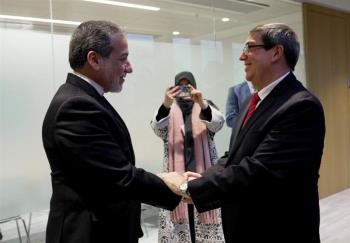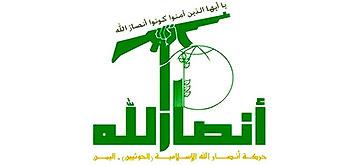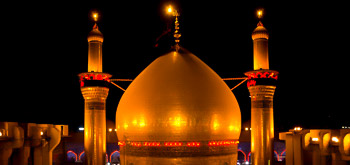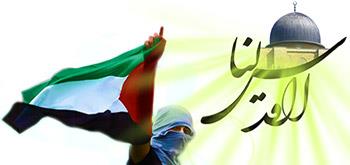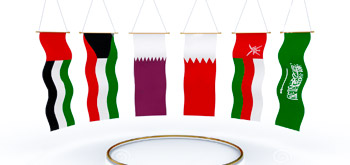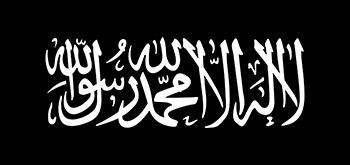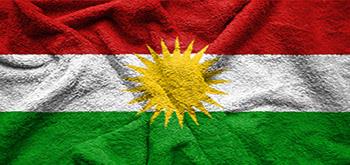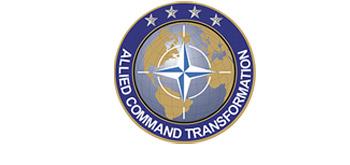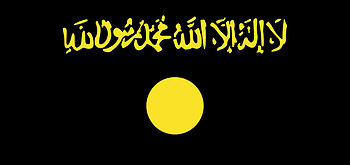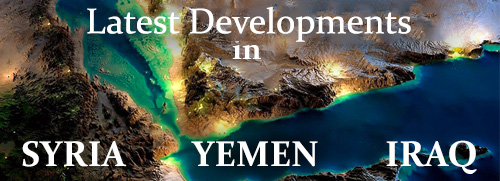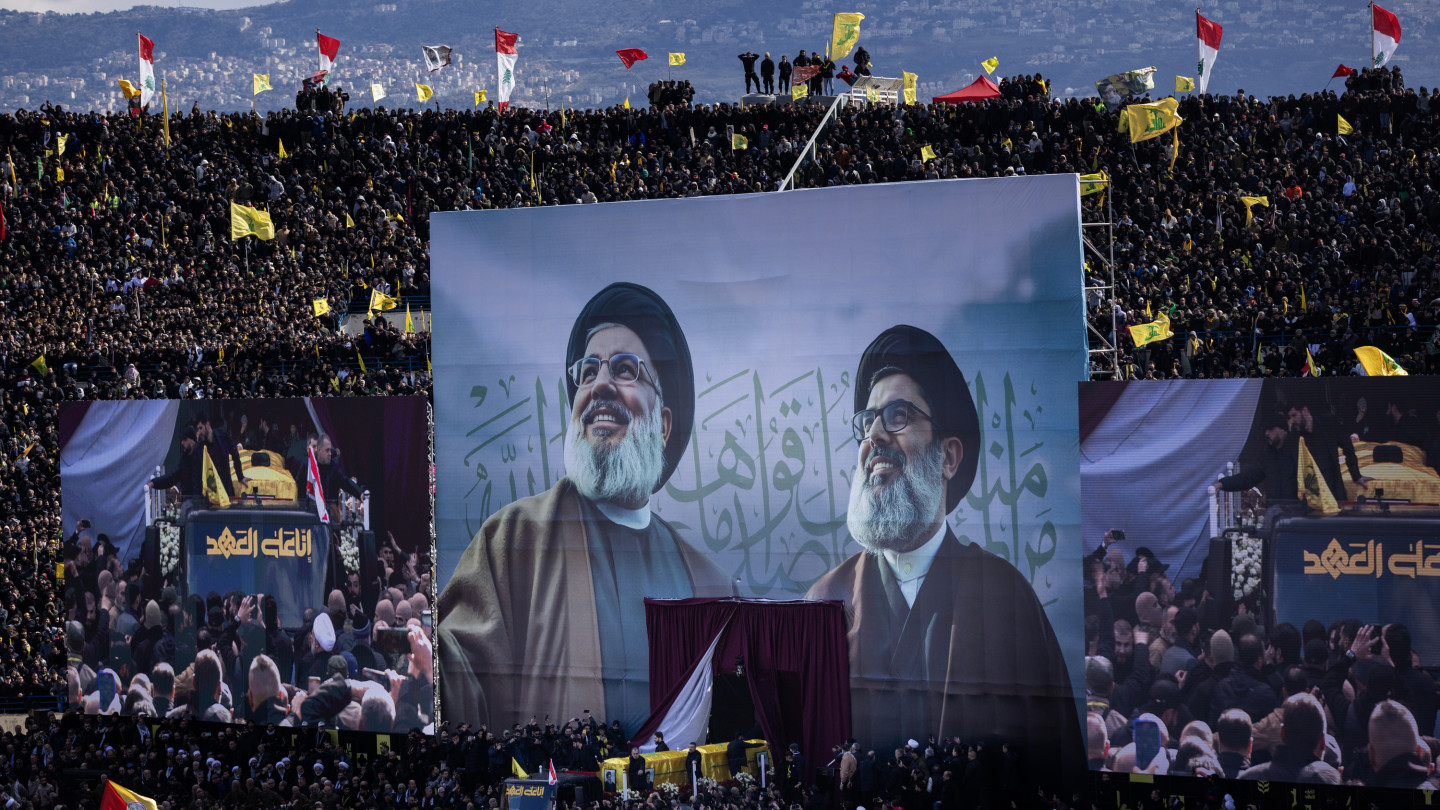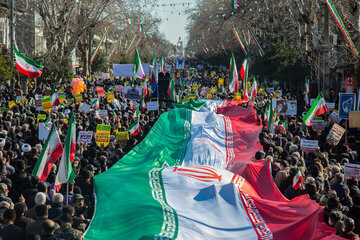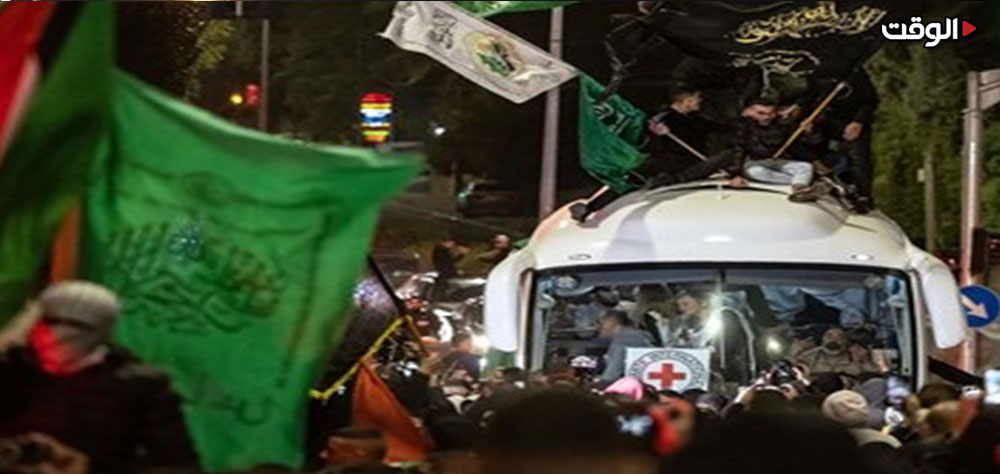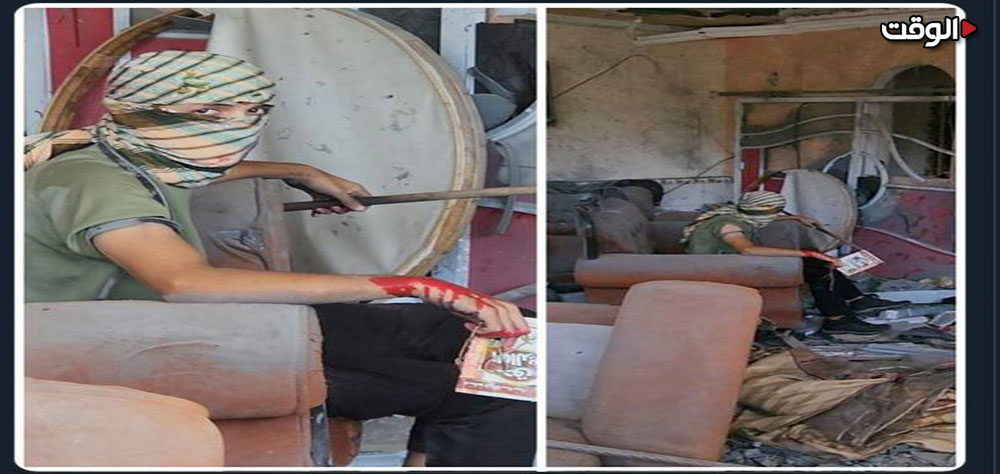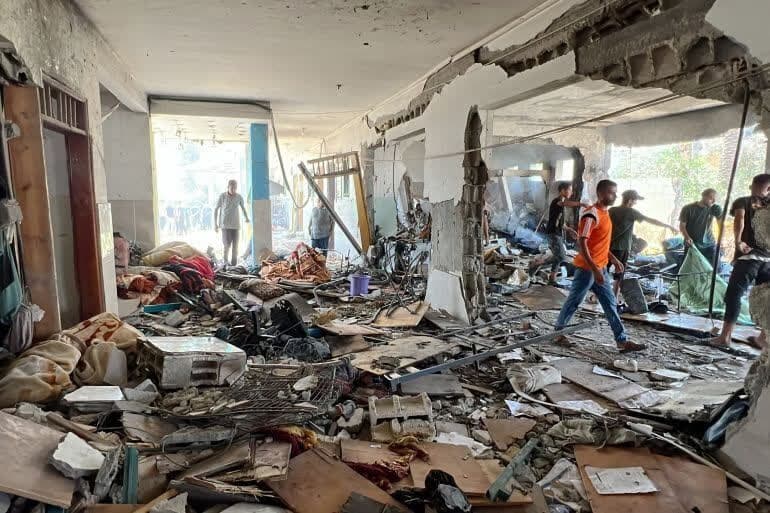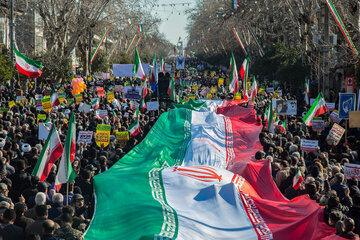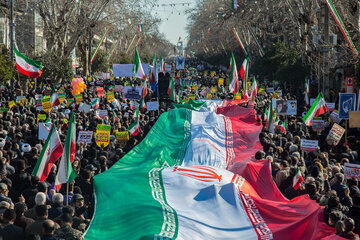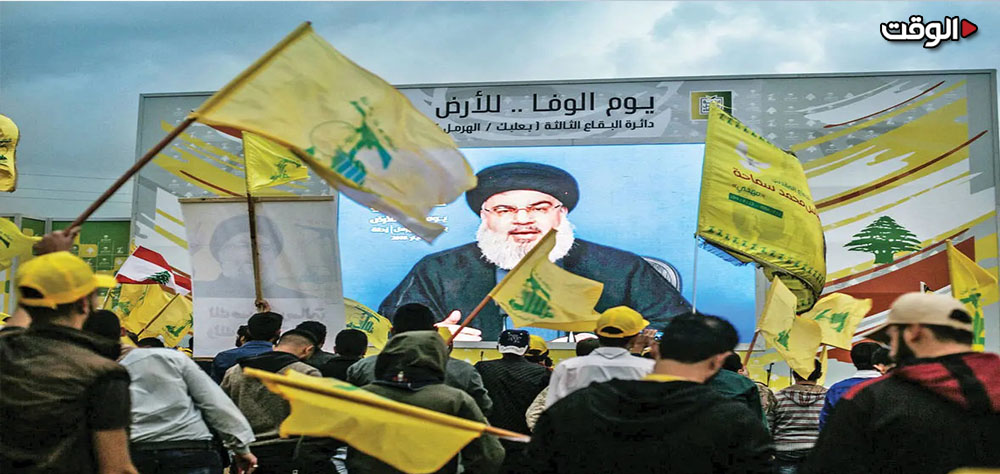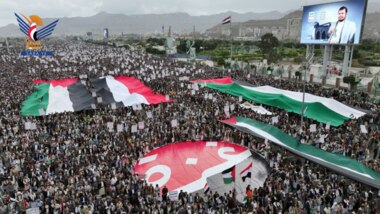Alwaght- It has been long years that Camille Chamoun stadium in Beirut had not seen its seats reaching their full capacity and beyond. According to Lebanese sources, the stadium has been empty for at least five years. But the funeral of Hezbollah Secretary-General Sayyed Hassan Nasrallah made the sports site once again seeing the crows. Not only the stadium, but also the surrounding streets were packed with people in the day of funeral of Sayyed Nasrallah and Hezbollah Executive Council head Sayyed Hashem Safieddine.
Jackson Hinkle, an American media and social activist and commentator who attended the ceremony, put the number of the attendees at more than 1 million.
Abbas al-Masri, a 30-years-old Lebanese man and his family traveled south from the north for hours in the snowy day of the capital to join the magnificent ceremony. Citing address of new Hezbollah chief Sheikh Naim Qassem, he told The New Arab "we stand with Naim Qassem to the death."
BBC reporter who was also covering the ceremony reported that although Hezbollah suffered damage after Nasrallah, the Lebanese resistance movement remains powerful in Lebanon.
Hezbollah's display of power
Though a sad event, the funeral of Hezbollah leaders turned into a show of strength for the movement in Lebanon.
Ebrahim Faqih, a Beirut resident who was present at the stadium, described the situation there as follows: "When the coffins of Hezbollah leaders entered the stadium, everyone present started crying, but suddenly the passing of Israeli warplanes turned the participants’ cries into the chants of death to Israel, and tens of thousands of people chanted in unison for several minutes Death to Israel. The repetition of Death to Israel during the funeral of Sayyed Hassan Nasrallah turned the atmosphere of the ceremony into an anti-Israel maneuver and showed that Hezbollah is still a decisive force in Lebanon."
The slogan chosen specifically for the funeral was hoisted above the stadium and translated as: “We remain steadfast on our promise.” This slogan showed that Hezbollah is still capable of displaying extensive power on the streets of Beirut.
International influence
The funeral of Hezbollah leaders even proved that supporters of Hezbollah today go beyond borders of Lebanon and include the whole region. Mourners from Australia, Iraq, the US, Pakistan, Yemen, Bahrain, Syria, and Palestine joined the ceremony in show of regional and international influence of Hezbollah.
On the other hand, simultaneous with the funeral, symbolic funerals of Hezbollah leaders were held in Yemen, Bahrain, and at least 8 Iraqi cities to prove Hezbollah's regional influence in other countries.
Most influential religious leader of Lebanon
Western sources call Nasrallah the most charismatic religious leader of Lebanon in decades. Elija J. Magnier told The New Arab that he cannot recall in the history of Lebanon's Shiites a man as popular and influential as Nasrallah.
In a report on the late leader of Hezbollah, Aljazeera suggested that during his 32 years as chief of Hezbollah, he grew into one Lebanon's most powerful men and transformed Hezbollah from a simple militia in 1980s into the highest armed non-state player of the world and the main player in Lebanon.
Rania Raml, an accountant whose house was destroyed in the south during Israeli attacks, told the New York Times: "Nasrallah was everything to me. My house is gone, but it hope I was gone instead of him."
Post-Nasrallah Lebanon
Despite the fact that Israeli and pro-Israeli media outlets are seeking to paint Hezbollah as the root cause of political stalemate in Lebanon, many Lebanese have different view of the e future of Lebanon after Nasrallah.
Michael Young, a Lebanon expert at the Carnegie Middle East Center, believes that Lebanon’s main problem is that the country is run by a cartel of sectarian politicians who are allies of powerful individuals in Lebanon’s financial and banking sectors. According to this analysis, sectarian politicians affiliated with banking cartels in Beirut have created profitable conditions for themselves and are resistant to any changes aimed at transparency and the fight against corruption.
Stressing the need for change of Lebanon politics' older generation, Young believes that many of the politicians that were active during the Lebanese civil war in the 1980s either died, grew so elderly, or transferred power to their children. They always eye a system in which they can take advantage of fragile political conditions.


